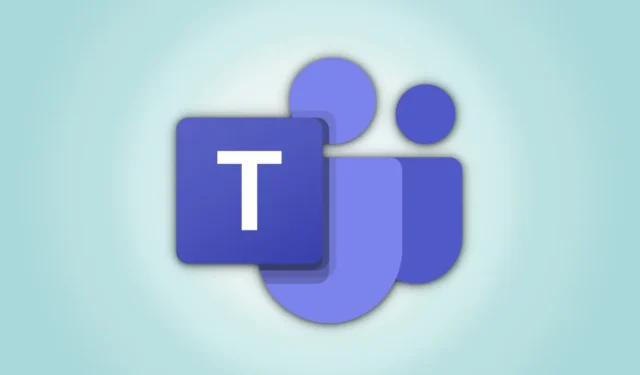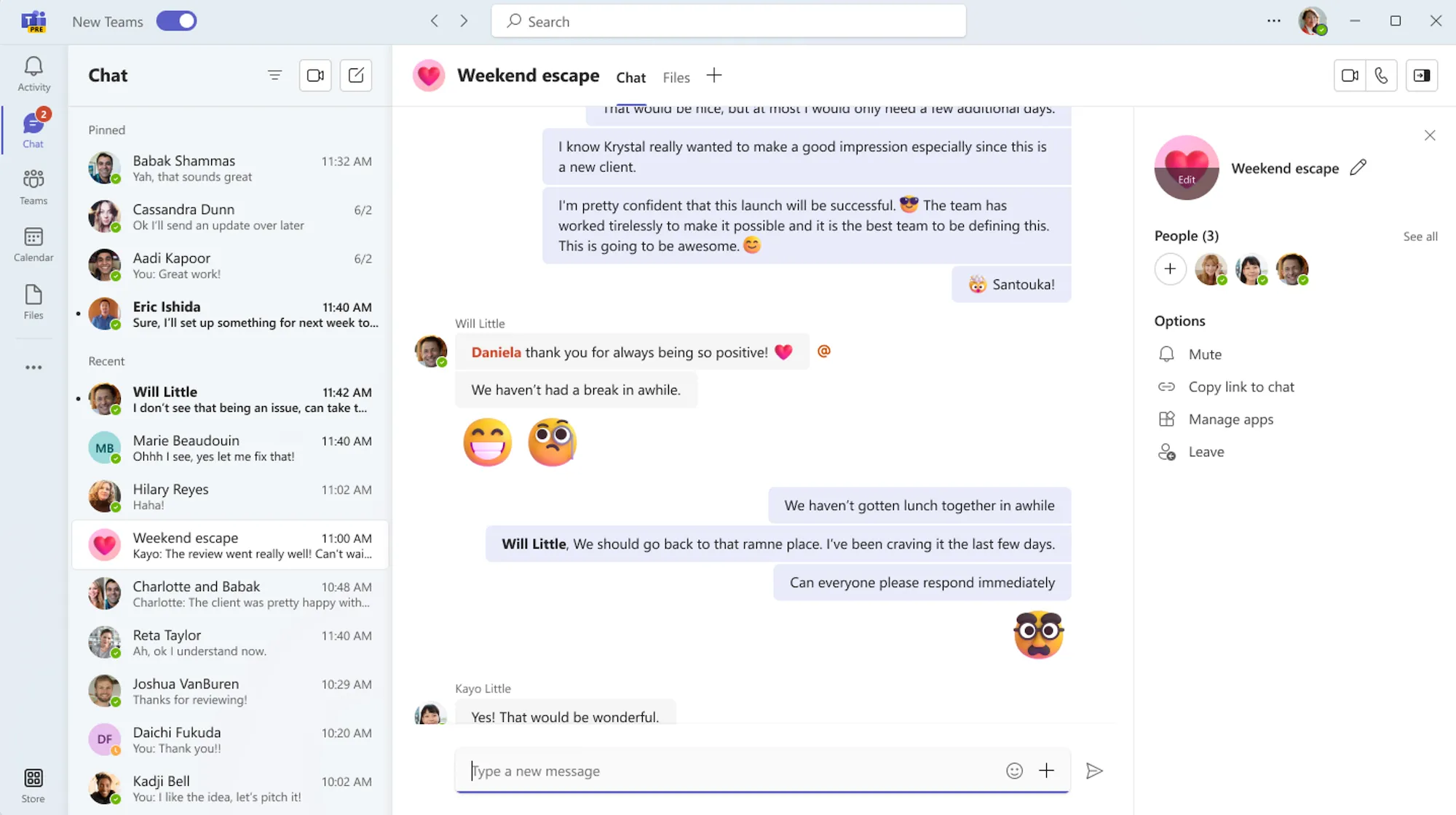
Microsoft Teams is sometimes criticized for being overly slow or for consuming an excessive amount of memory, which the company attributes to the fact that it simultaneously makes use of two distinct software frameworks (Angular and React). It is also likely that the fact that Teams has been operating on Electron, a platform for transforming online apps into “native” desktop programs that can have resource utilization that is comparable to that of a full browser tab, did not help the situation.
Both the user interface and the underlying technology have been modernized in “the new Microsoft Teams,” which was just just made available by the software giant. It is now based on WebView2 rather than Electron, and the user interface has been completely redesigned using React code and the Fluent design language developed by Microsoft. In addition, Microsoft has built a bespoke “client data layer” that may partition jobs into a greater number of threads to provide quicker performance. Moreover, video rendering has been improved, however the majority of these changes have also been backported to the previous version of the Teams app. Teams is also superior at managing many accounts, with the option to view notifications from any organization at any moment. This feature alone makes it worth switching to Teams.

As a direct consequence of these modifications, Teams now appears and performs more smoothly than it ever has before. According to Microsoft, starting the application and participating in meetings both take half as much time as they used to, and navigating between different conversations and channels takes only one-eighth as long. Teams also consumes up to half as much less random access memory (RAM), and the amount of disk space required has decreased by up to 70 percent. The new layout is also more compatible with recent versions of software such as Windows 11, Microsoft Loop, and others.
In a statement on their company blog, Microsoft stated, “The new app is designed on a foundation of speed, performance, flexibility, and intelligence—delivering performance that is up to two times faster while consuming 50 percent less memory so that you can save time and communicate more efficiently.” In addition to this, we have improved the user experience by making it easier to use and more convenient to locate everything in an one location. These innovations also create the framework for new AI-powered experiences that have the potential to completely change the game, such as Copilot for Microsoft Teams, which was launched earlier this month.
You might soon see a toggle that says “Test the new Teams” at the top of the Teams window if Microsoft achieves its goal of releasing the updated version of Teams to the general public “later this year in 2023.” Some functions, such as those pertaining to enhanced calling and third-party applications, have not yet been carried over to the new version.




Leave a Reply ▼